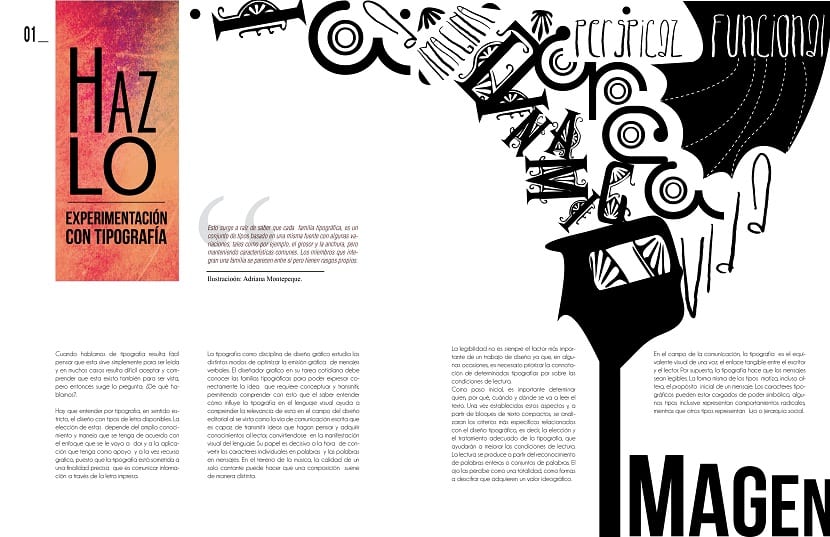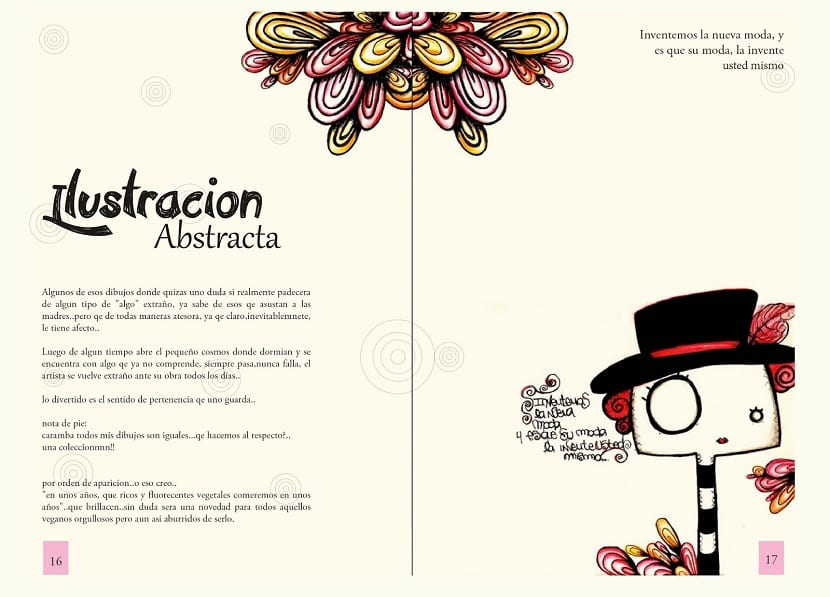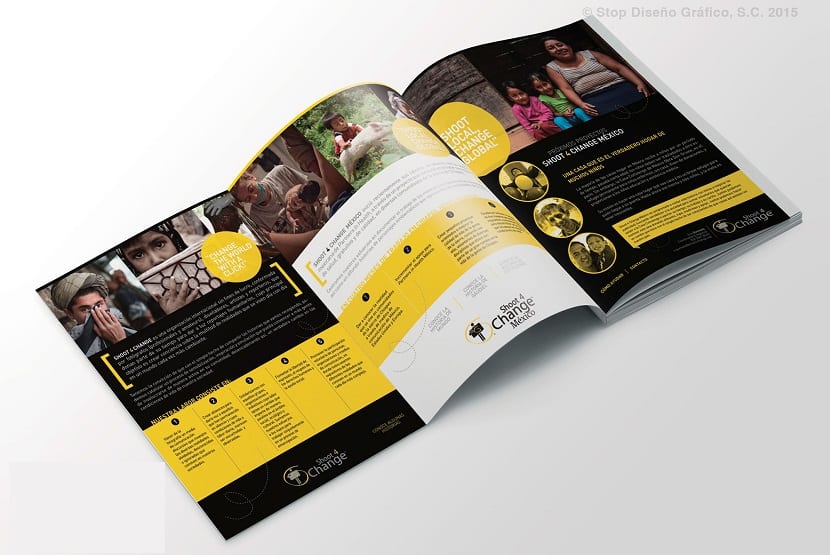
Nowadays, the power of the visual It has become something that is totally undeniable, since most of the information that people receive every day comes to them through the eyes, in addition, it has been scientifically proven that people have increased visual memory versus auditory.
It is for this reason that the physical aspect begins to have a great importance along with the visual image, as human beings learn best through the use of graphics or diagramsThey also have the ability to better remember an image much more easily than text and are even more pleased with designs that tend to be clean, simple and orderly.
Do you know what editorial design is?

These premises turn out to be essential within the known editorial design, that is, that branch of graphic design whose main goal is layout and composition of any kind of publication, be it magazines, books, newspapers, among others. Furthermore, the main job of a professional designer is to come up with a design that is sufficiently attractive and practical for readers, which also achieves the ideal harmony between the form and its content, in such a way that it allows to provide a great stylistic quality to the publication and at the same time allow it to have a good image in front of the clients.
What is the importance of editorial design?

In any business, regardless of whether it is editorial or of any other nature, people are always directed towards what they achieve catch their atention.
It may seem a bit anecdotal, however, it is proven that in a bookstore, in certain cases, consumers find it a lot more attractive and interesting a novel that has a nice or funny cover and not one that has a simple and boring cover, regardless of what the novels are talking about.
In a editorial publication Everything is important, both the cover and the typography, as well as the margins and the colors used, in addition to the text layout and the images. Each of the previous aspects is established according to the personality of each publication, the public to which it is directed and of course, the content displayed on it.
It is not possible to use the same design in a book that talks about medicine, as in a press magazine that talks about the heart and that is the work of designers achieving capture the essence of all publications and transmit exactly the essence of each one through their design.
Success a good post It is not based solely on the quality and quantity of the content you have, but also requires a good relationship between the form of the publication and its design, in addition to the way in which it is presented.
Once the nature of the publication is established, it is necessary to choose the particularities of its graphic elements, taking into account the following:
Material or support: Cardboard, different kinds of paper, among others.
Format: Magazine, book, newspaper, among others.
Typographic readability: Typeface size and font, color, line spacing and the space between letters.
Image: Quality, layout, size and color.
Typographic box: Page frame.
Editorial grid or grid: The tool you use to arrange the information.
These elements must be used in order and harmony with each other and of course, with the content, in such a way that the final score be a totally unique, original publication with its own personality within the genre it deals with and the market it is in. By getting the perfect mix of form and content, it will be easier to build a community of loyal readers who will stimulate a publication with a long life in the publishing business.